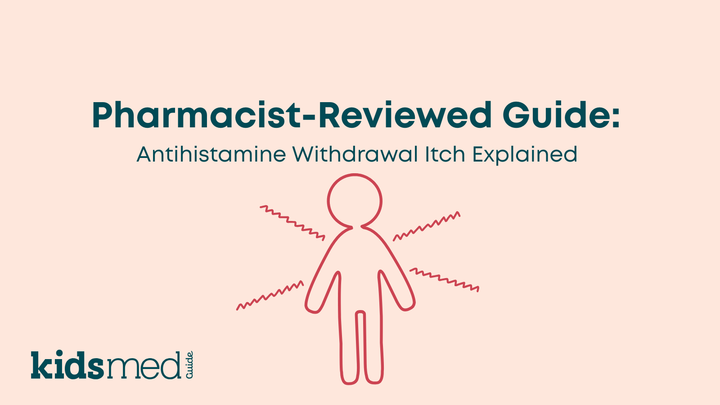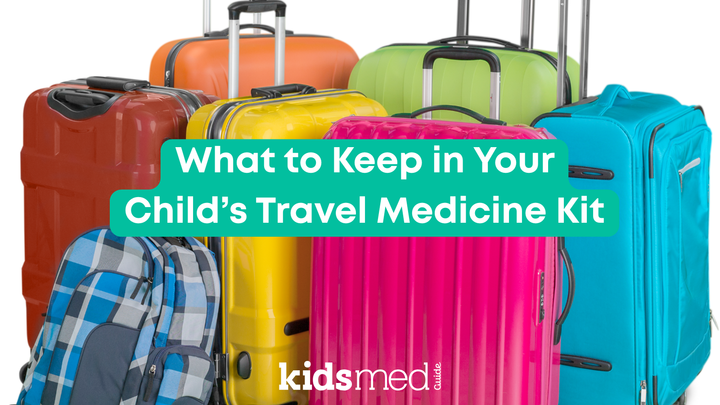How to Treat and Prevent Chapped Lips in Children

Chapped lips happen to the best of us, but kids are especially prone to them due to their inability to remember chapstick, their propensity to lick irritated lips, and the constant stream of boogers and wetness running down their noses all winter.
Chapped lips are dry, cracked, and painful. They can be uncomfortable and frustrating for kids, but the good news is that they are easy to treat and prevent with a few simple steps. Read on for our expert explanations and favorite product recommendations!
Why Do Kids Get Chapped Lips?
Chapped lips occur when the delicate skin on the lips becomes dry and irritated. This can happen for several reasons, including:
- Cold or Dry Weather: Winter air and indoor heating can strip moisture from the lips.
- Wind: Ever wonder why activities like skiing or running make chapped lips worse? Wind strips moisture from the delicate lip area.
- Sun Exposure: UV rays can damage the lips like they do with the skin. This can happen in the winter and spring months, too!
- Dehydration: If kids aren't drinking enough water, their lips may dry out. Dry lips are often an early warning sign of dehydration.
- Lip Licking: When lips are irritated, a kid's instinct is to lick them. Unfortunately, saliva irritates the skin and evaporates quickly, leaving lips drier than before.
- Irritants in Skincare Products: Some toothpaste and lip balms contain fragrances, dyes, or flavors that can worsen dryness.
How to Treat Chapped Lips in Kids
If your child's lips are already dry or cracked, follow these steps to help them heal:
Apply a moisturizing lip balm
Look for a fragrance-free, hypoallergenic lip balm with bland ingredients like ceramides, dimethicone, petrolatum, and shea butter. Different ingredients may irritate different kids, so pay attention to labels and note how your child responds. Avoid menthol, camphor, or peppermint products, as they are more likely to irritate the lips further.





Encourage hydration
Make sure your child drinks plenty of water throughout the day. Good hydration helps maintain moisture levels in the skin and lips.
Use a humidifier
Adding moisture to the air, especially during winter, can prevent lips from drying overnight. This is also helpful for cold and flu season, which is all the time for families with small kids.
Avoid lip licking
If your child has a habit of licking their lips, gently remind them to stop. Applying a protective lip balm can reduce the urge to lick. Avoid flavored lip balms - aim for something bland or yucky tasting.
Consider some behavioral reward or alternative methods to reinforce this, as lip licking is a prime culprit in chapped lips for kids. Lip licking can quickly become a behavioral cycle.
Soothe cracks and irritation
Cracked or irritated lips need the big guns! Try a product like Aquaphor or petroleum jelly. A thick ointment is beneficial because it provides a thick moisture barrier to help heal very cracked and irritated lips.
Apply it when sleeping for young kids who don't understand not to lick off and ingest the product. A little petroleum jelly used topically is OK, yet ingested by a baby or young kid can cause stomach upset or coughing. So, with the youngsters, use this sparingly and with caution.
For babies with chapped lips
For the littlest ones, try lanolin or breastmilk. These are natural and safe for infants, so you can use them without worrying about products being ingested!
Preventing Chapped Lips in Children
Prevention is key when it comes to dry lips. The best offense is a good defense!
Apply lip balm regularly
Make it a habit to apply a protective lip balm before heading outdoors, especially in cold or windy weather. Add it to your "jacket, gloves, hat, boots... chapstick" checklist!
Protect lips from the sun
To shield lips from sun damage, use a lip balm with SPF (preferably titanium dioxide or zinc dioxide, the least irritating SPF ingredients).

Drink plenty of water and stay hydrated
Consider your child's diet and overall skin health: Are they eating a balanced and nutritious diet? Foods rich in vitamins A and C, like carrots and oranges, help support skin health.
Choose gentle products
Avoid toothpaste and lip balms with harsh ingredients that may irritate the lips. Also, avoid fragrance, flavors, color or pigmentation, etc. With kids, simple and natural is usually best.
Maintain a moist environment
Running a humidifier in your child's room, especially during winter, can help prevent dryness of the lips and their next-door neighbor, the nose.
When to See a Doctor
Chapped lips are usually harmless and resolve with proper care. However, if your child's lips are persistently dry, cracked, or have sores that don't heal, check in with your pediatrician. Conditions like eczema, allergies, or infections can sometimes cause severe lip irritation. Sores may indicate a bacterial or viral infection that needs prescription treatment.
Final Thoughts
Stay hydrated and generously apply a fragrance-free, hypoallergenic lip balm with shea butter, coconut oil, or beeswax to prevent and treat dry and chapped lips this winter. Remember to avoid products with menthol or camphor, as they can further irritate the lips. Use a thick ointment like Aquaphor for severely dry lips, and see your pediatrician for cracked lips that won't heal or persistent sores on the mouth.
KidsMedGuide.com may receive commissions from products purchased through the links above.
The following references were used to compile this information:
7 dermatologists’ tips for healing dry, chapped lips. (n.d.). Retrieved March 4, 2025, from https://www.aad.org/public/everyday-care/skin-care-basics/dry/heal-dry-chapped-lips
Fonseca, A., Jacob, S. E., & Sindle, A. (2020). Art of prevention: Practical interventions in lip-licking dermatitis. International Journal of Women’s Dermatology, 6(5), 377–380. https://doi.org/10.1016/j.ijwd.2020.06.001



